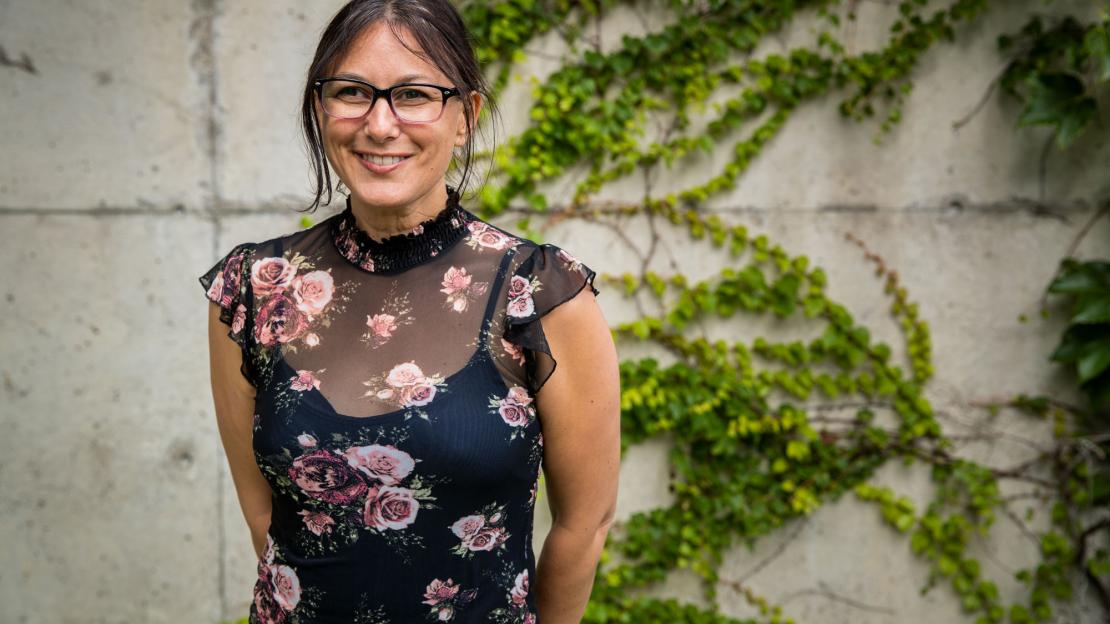Juanita Muise first heard The Friendship Song in the early 90s at a gathering her uncle planned with family and community members in Newfoundland.
Her uncle, Victor Muise, brought together traditional Mi’kmaq dancers and singers to share culture and language as part of a cultural revitalization movement. For Muise, who is Mi’kmaq and from Qalipu First Nation on the West Coast of Newfoundland, the moment remains an important time in her life because it was the first time she connected with her Mi’kmaq community, culturally.
“The Mi’kmaq Friendship Song is a way of reconciling,” says Muise, co-ordinator of Indigenous engagement at U of T Scarborough.
“Music is a way of bringing people together to connect with their identity, with their roots, and to start rebuilding our relationships and sharing our stories so we have a better understanding of our shared, lived experiences.”
Originally from Canada’s East Coast, Muise was influenced by folk and Celtic music. Sundays were the days that her family would get together to sing. She learned a lot about traditional songs by going to drumming circles.
Drums represent the “heartbeat of the nation”
Muise recalls the time she went on a spirit fast for two days as a way to connect with nature and her spirituality. When she returned from the top of a mountain, she was greeted by the sound of the drum.
“I was very weak, people from the community all reached out and helped me.”
Another woman, whom she didn’t know, gifted Muise her first drum.
“This drum for me has great meaning. It’s been used to connect with my identity, connect with many people from many different nations across Canada and also to connect with people here on campus.”
The beat of the drum in The Mi’kmaq Friendship Song mainly symbolizes “the heartbeat of the nation.” The four beats played before a song represents the four directions, and serves as a way to welcome ancestors to the circle or gathering.
She brought her passion for the drum to U of T Scarborough, and began drumming circles on campus for students, staff and faculty to learn about Indigenous history and culture. She also initiated a series of workshops for students to make bundles, which are a collection of sacred items used during ceremony, including their own drum.
June is National Indigenous History Month, a time for Canadians to honour and reflect upon the history and diversity of Indigenous communities. The United Nations has also declared 2019 as the International Year of Indigenous Languages, to raise awareness for preserving and revitalizing Indigenous languages.
On June 21, the Department of Student Life and Department of Music will hold their own Make Music event on campus. The initiative, which originated from France’s Ministry of Culture in 1982, encourages anyone to celebrate and make music in public spaces.
The day also falls on National Indigenous People’s Day, and will be observed on campus by making and sharing music with First Nation, Inuit and Métis artists.
“It’s a great way to come in and share music and learn about music from different cultures. I really encourage everyone to get out there and take that step for change,” Muise says.
“This is a great opportunity to connect and make those relationships happen.”
